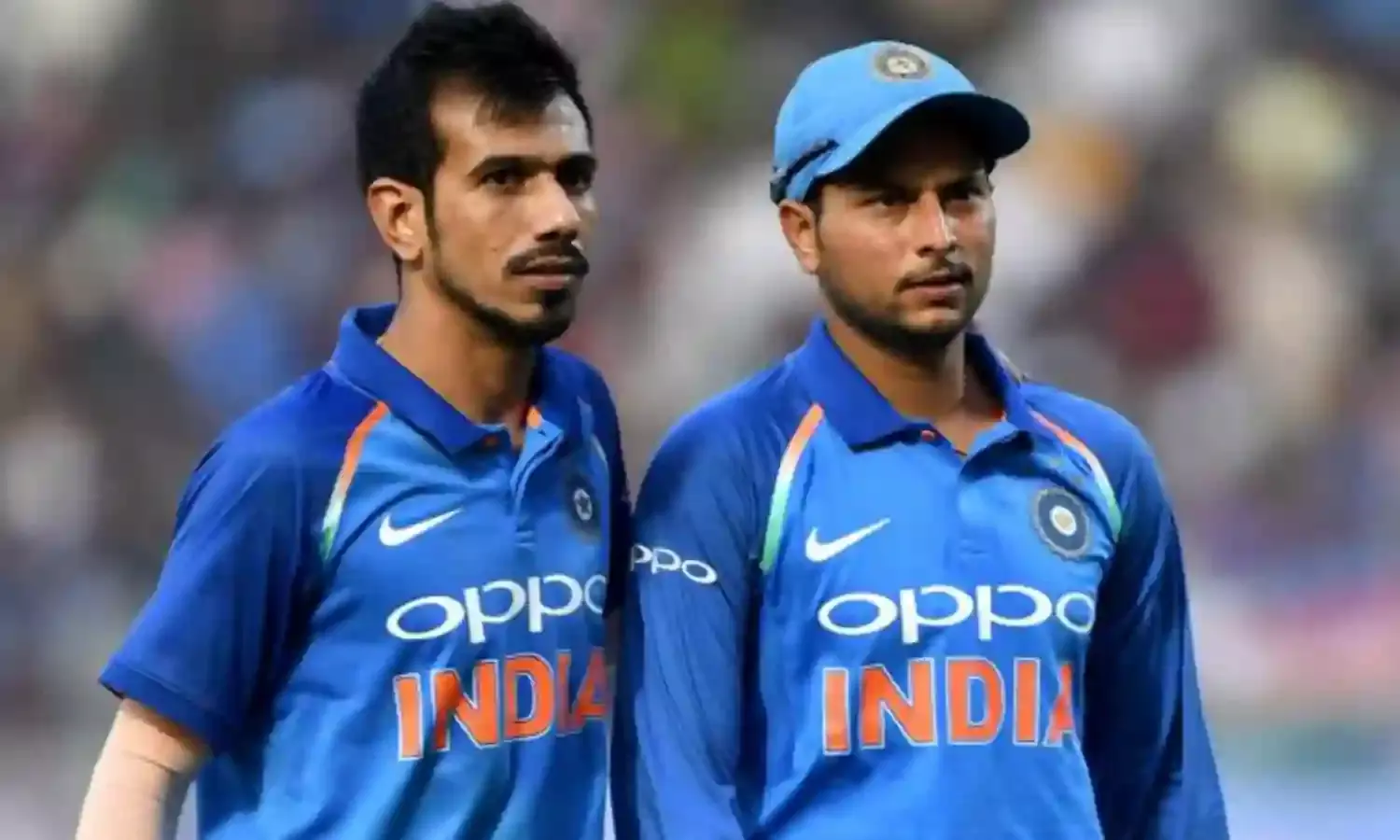India Missing a Trick by ‘Resting’ Kul-Cha in the South Africa T20s?
It’s never a great idea to compromise your wicket-taking options for batting depth

India have ‘rested’ their famed wrist spinning pair of Kuldeep Yadav and Yuzvendra Chahal for two consecutive T20I series now, on the pretext that you need to bat right down to no.9 or 10 in order to make a mark in the upcoming T20I World Cup. But this thinking is flawed at various levels.
While no.9 or 10 batsmen might come into the game once in every six or seven matches at best for top-notch teams in ODIs, there is even more limited scope for your last three-four batsmen to contribute in the shortest format of the game. With only 20 overs on offer, most of the time seven batsmen should be good enough to do the job.
Kohli hooked on batting depth
However, Indian skipper Virat Kohli thinks differently. “So, I think it’s about finding the best balance that we can as a side and not necessarily sticking to one kind of combination. If all teams across the world are batting till no.9 or 10 why can’t we?” Kohli said in the pre-match press conference for South Africa’s tour of India.
It’s never a great idea to compromise your wicket-taking options for batting depth: this is more a defensive ploy. It’s advisable rather to think that if you bowl out the opposition cheaply enough, you might not need the extra batsmen at all.
Moreover, the wristies will win you far more matches than batsmen at 8 or 9 will. The lower-order batting is be called upon to do the job only once in a while, but the bowlers have to bowl in every match. Why take decisions based solely on rainy days, i.e when your batting lineup collapses?
Non-mystery finger spinners a rapidly dying breed
Just because other teams like England, Australia and the West Indies have the option of batting right down to no.11 at times—which is more of a bonus really—you shouldn’t put aside what has been working for you.
Any which way, non-mystery finger spinners are fast dying out in T20 cricket, with the exception of Mohammad Nabi, Mitchell Santner and a couple others.
The reason is that to combat the onslaught from batsmen who are baying for your blood from the word go, you’ve got to have some variations up your sleeve—not only to check the flow of runs but to affect crucial breakthroughs.
This has led to wrist and mystery spinners becoming a vital cog in any team over the last decade, since T20 cricket took on its current form.
Kul-Cha boast of impressive T20I numbers
Yadav and Chahal have served the Indian team well in the recent past. Their prowess increases manifold when drafted into the playing XI together. Yadav has 35 wickets against his name in just 18 T20Is at 12.97 and a strike rate of 11.5. His partner in crime, Chahal has bagged 46 wickets in 31 T20Is at 21.13.
Accepted that their returns have taken a hit of late, but both bowlers still boast of numbers as good as any in T20 cricket. Remember, the last time India toured South Africa they proved to be the nemesis of the Protea batsmen who failed to pick them time and again. On that tour Kul-Cha were all over the hosts, sharing a haul of 33 wickets between them from six ODIs.
In the second T20I against South Africa, India stepped out on the field with a ridiculous team combination—all three finger spinners in Washington Sundar, Krunal Pandya and Ravindra Jadeja had been included in the playing XI.
As long as Hardik Pandya was not available, it still made some sense that Yadav and Chahal couldn’t play together as you needed at least one of Jadeja or Krunal to bolster the batting. But now that Pandya is fit and back, India should consider going back to their Kul-Cha policy.
Keep the Australian conditions in mind
The T20 World Cup next year will be held in Australia, where there are big boundaries stretching to 80 metres and more. Chahal and Yadav have always thrived when the batsmen are looking to go after them. The bigger boundaries will give them the advantage of getting batsmen holed out in the deep while employing their slew of variations.
Yes, there are still 26 T20Is to go before the T20 World Cup, and experimentation seems to be the name of the game—but India should not go on experimenting for too long.
Just turn to how the Indian camp kept fiddling with the no.4 spot going into the World Cup, with almost an air of overconfidence. The management ultimately had to make do with a stopgap arrangement in Rishabh Pant, adding to India’s woes in their defeat against England and the semifinal loss against New Zealand.
It is best then, that Team India start settling in their combinations ideal for Aussie conditions, and Kul-Cha form an important link in that chain. After all, there's little merit in lavishly wasting matches, and then turning up undercooked Down Under.



